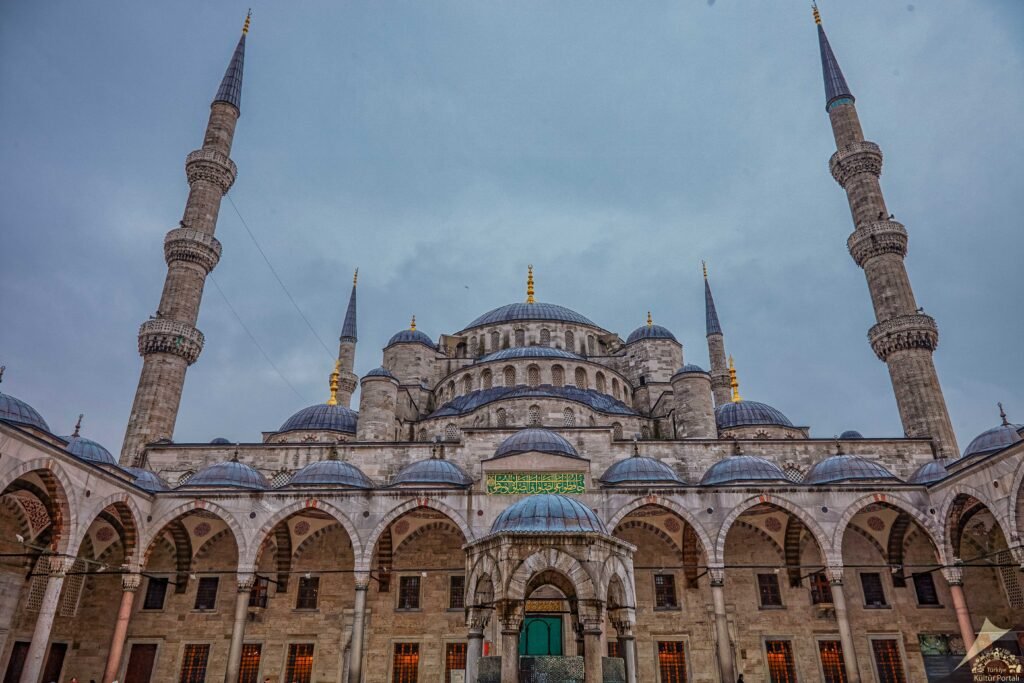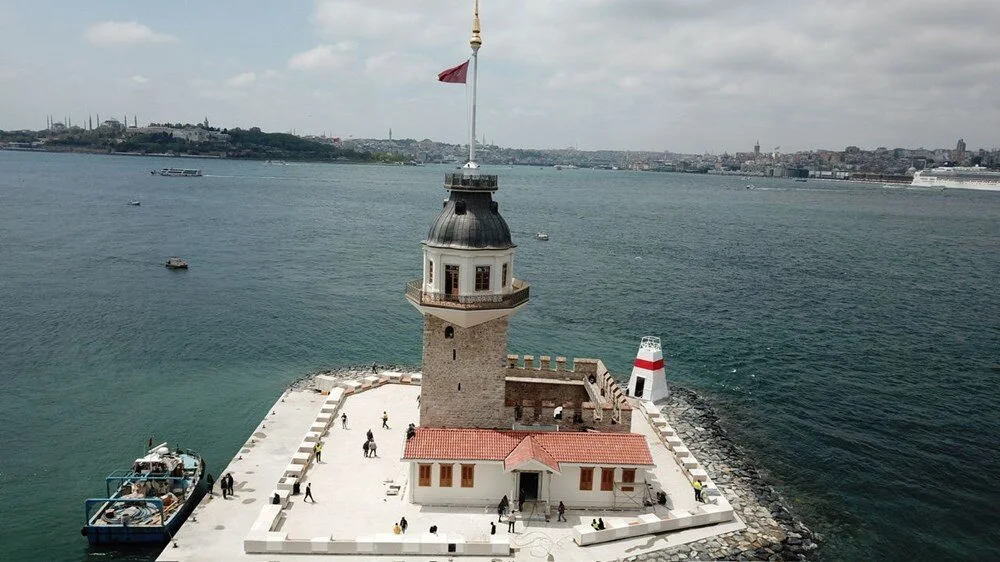Sultan Ahmet Mosque: A Magnificent Jewel of Istanbul's Skyline
Istanbul, a city that bridges continents and cultures, is home to a plethora of architectural marvels. Among its many treasures, the Sultan Ahmet Mosque, popularly known as the Blue Mosque, stands as an iconic symbol of the city's rich history and cultural heritage. With its intricate design, mesmerizing blue tiles, and imposing domes, the mosque has captivated visitors from around the world. In this blog post, we will delve into the fascinating history, remarkable architecture, and enduring significance of the Sultan Ahmet Mosque.

The Sultan Ahmet Mosque, completed in 1616, was commissioned by Sultan Ahmet I during the Ottoman Empire's golden age. The mosque was envisioned as a tribute to the magnificence of Islam and aimed to surpass the grandeur of the neighboring Hagia Sophia. Designed by architect Sedefkar Mehmed Agha, the mosque seamlessly blends Byzantine and Islamic architectural styles, showcasing the influence of both empires. Its strategic location on the historic peninsula accentuates the skyline, reinforcing its importance as a cultural and religious centerpiece.

The grandeur of the Sultan Ahmet Mosque is best exemplified by its breathtaking architecture. The exterior is adorned with exquisite domes and six slender minarets, a feature rarely seen in Islamic architecture. The central dome, flanked by smaller domes, creates an awe-inspiring sight, especially when illuminated against the backdrop of the setting sun. The mosque's nickname, the Blue Mosque, is derived from the stunning blue İznik tiles that adorn its interior, forming a mesmerizing sea of blue. The elaborate patterns and calligraphy found throughout the mosque further showcase the craftsmanship of Ottoman artisans.

Inside the mosque, visitors are welcomed by a vast open space adorned with cascading chandeliers, rich carpets, and intricately carved marble. The mihrab, a niche indicating the direction of Mecca, is an artistic masterpiece featuring exquisite floral patterns. The mosque's courtyard, with its serene atmosphere and elegant arcades, offers a peaceful respite from the bustling city outside.

Beyond its architectural magnificence, the Sultan Ahmet Mosque holds deep cultural and spiritual significance. As an active place of worship, it continues to be a vibrant hub for Muslim prayer and congregational events. Its accessibility to visitors of all faiths promotes intercultural dialogue and understanding.
The mosque's historical significance is further amplified by its proximity to the Hagia Sophia, creating a juxtaposition of two influential periods in Istanbul's history. Together, these two landmarks form a powerful symbol of the city's ability to bridge diverse cultures and religions throughout the centuries.

The Sultan Ahmet Mosque, with its grand architecture and rich history, serves as an enduring testament to Istanbul's cultural heritage. As a cherished landmark, it enchants visitors with its striking beauty, evoking a sense of awe and wonder. A visit to this remarkable mosque is an invitation to explore the intersection of history, spirituality, and architectural brilliance.


